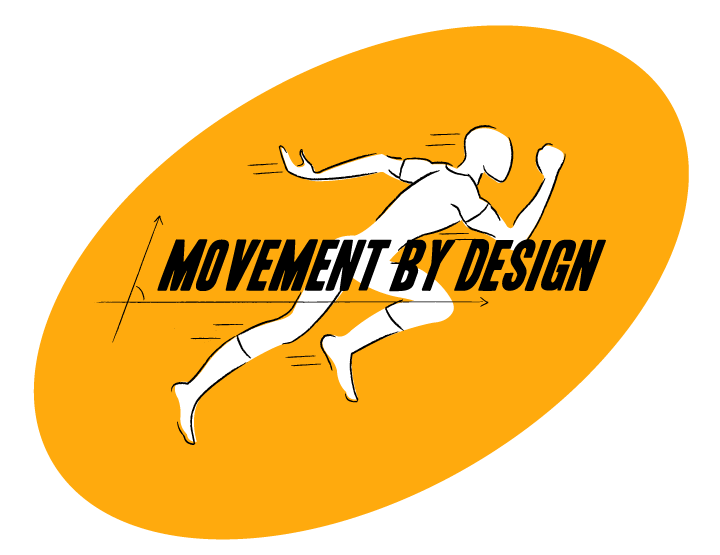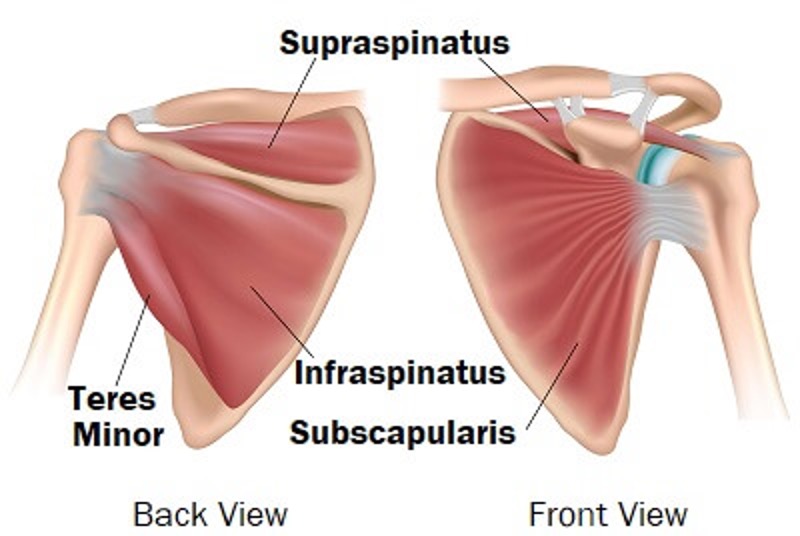Core Series 3 of 3: Scapular Core

Part 3 of the Core series examines the muscles of the scapula region and is the concluding part of understanding the muscles and function of the core muscles.
The scapular core muscles—those around the shoulder blade—are crucial for stability, mobility, and posture in the upper body. The scapula anchors many muscles responsible for arm movements and shoulder stability, which are essential for effective movement and injury prevention. Here’s an overview of these muscles:
1. Trapezius
- Spans the upper back and neck, with upper, middle, and lower fibers responsible for lifting, retracting, and depressing the scapula. It’s essential for shoulder stability and posture.
2. Rhomboids (Major & Minor)
- Located beneath the trapezius, they pull the scapula towards the spine and elevate it. They help maintain posture and stabilize the scapula against the thoracic wall.
3. Levator Scapulae
- Runs from the neck to the scapula, elevating and stabilizing the shoulder. Overuse can lead to tightness, impacting movement.
4. Serratus Anterior
- Covers the side of the thorax, helping move the scapula forward and rotate it upward. Essential for stabilizing the scapula during arm movements.
5. Pectoralis Minor
- Beneath the pectoralis major, it moves the scapula forward and down. Tightness here can cause shoulder impingement and posture issues.
6. Latissimus Dorsi
- Spans the lower back, indirectly affecting the scapula. It helps with shoulder movement and stabilizes the scapula during dynamic actions.
7. Rotator Cuff (Supraspinatus, Infraspinatus, Teres Minor, Subscapularis)
- Surrounding the shoulder, these muscles stabilize the shoulder joint during movement, preventing instability and injuries.
8. Teres Major
- Beneath the teres minor, it assists in shoulder stabilization and helps control scapular movement during activities.
9. Coracobrachialis
- Connects the scapula to the humerus, assisting in shoulder flexion and stabilization during movement.
Key Functions of Scapular Core Muscles:
- Stability: Keep the scapula steady, especially during arm movements.
- Mobility: Allow smooth scapular movements essential for shoulder function.
- Coordination: Work with shoulder and arm muscles to support complex actions.
- Posture: Help maintain upright posture, preventing neck and shoulder strain.
Importance of Scapular Health:
- Injury Prevention: A stable scapula reduces the risk of common shoulder injuries.
- Performance: Crucial for precise movements in sports like swimming or throwing.
- Postural Support: Counters forward head and rounded shoulders.
- Daily Functionality: Supports movements like reaching and lifting.
Strengthening exercises like scapular retractions and shoulder squeezes, along with stretching, are vital for maintaining scapular muscle health. Proper engagement of these muscles is essential for upper body function and injury prevention.

